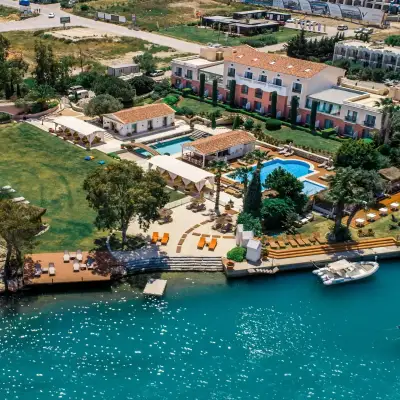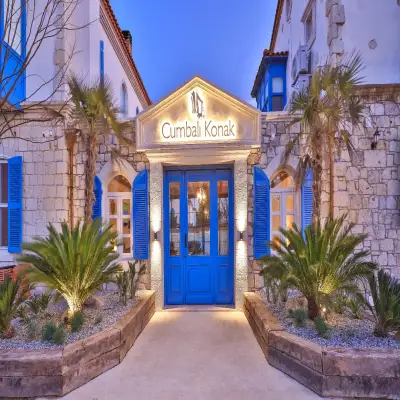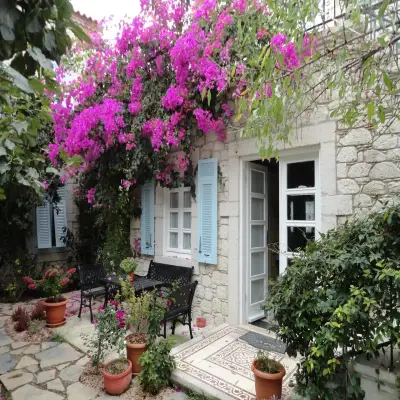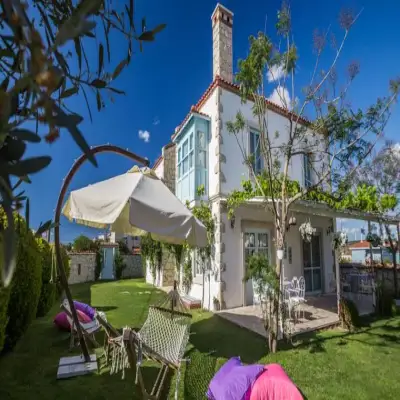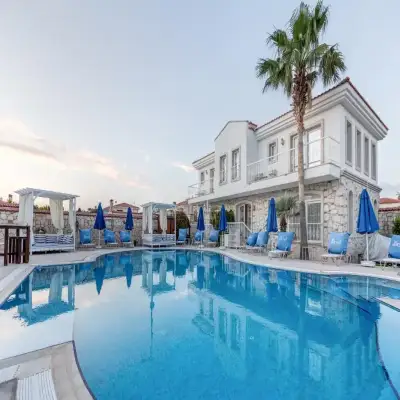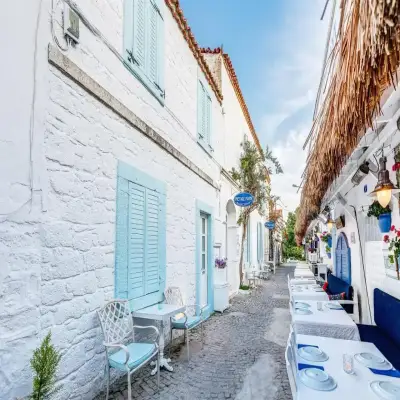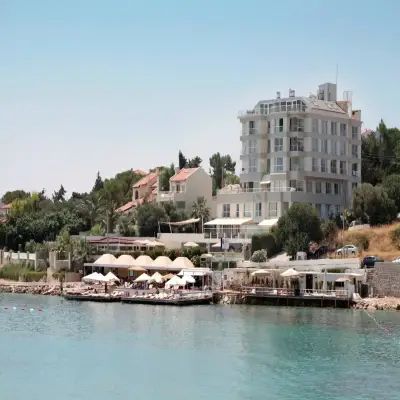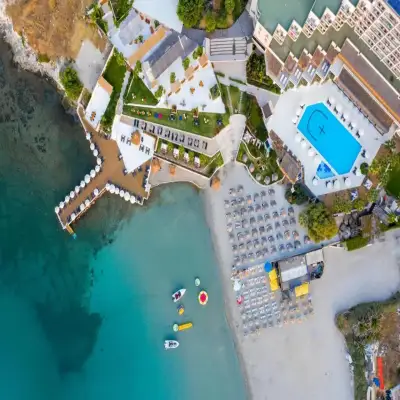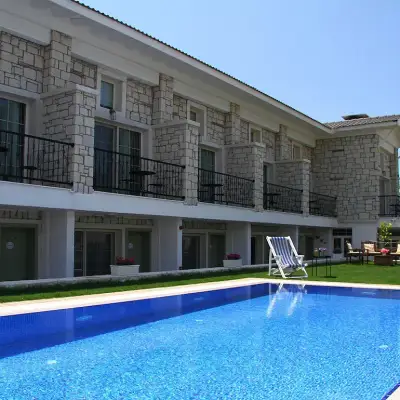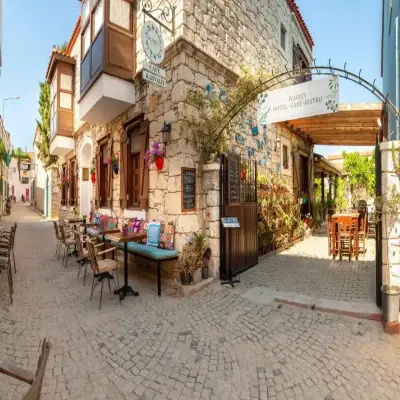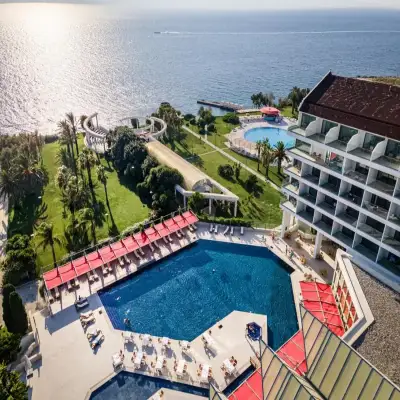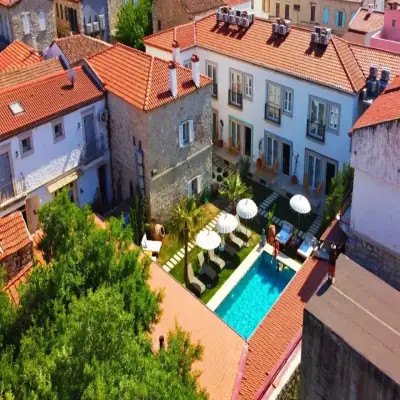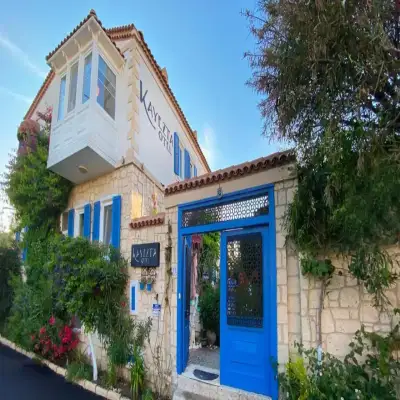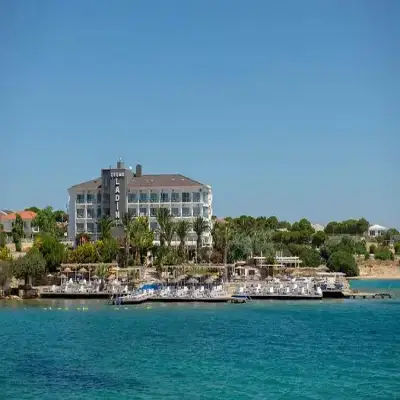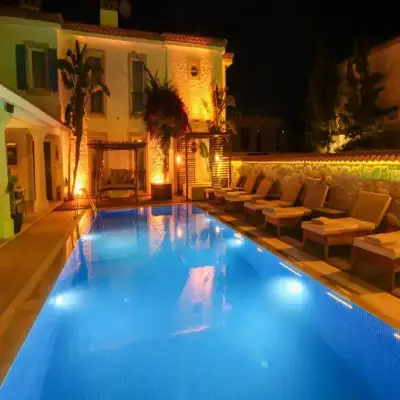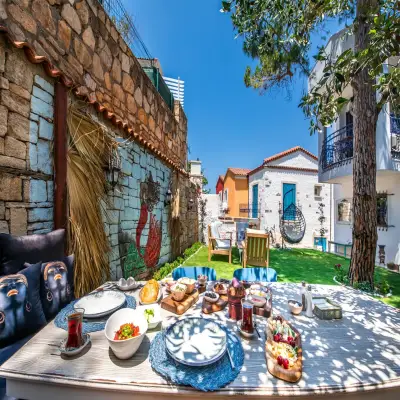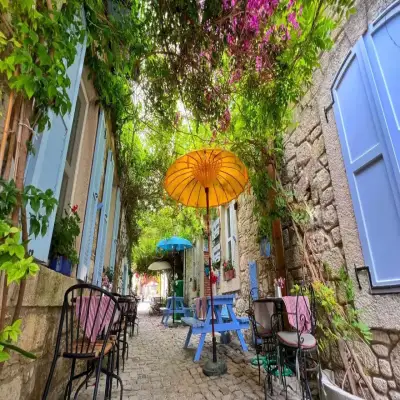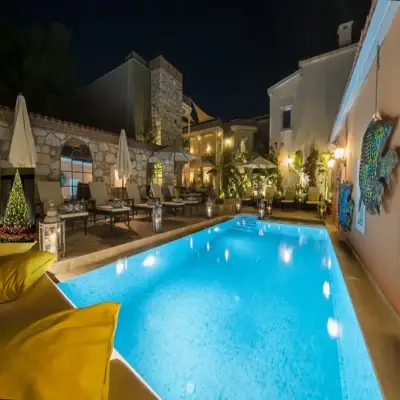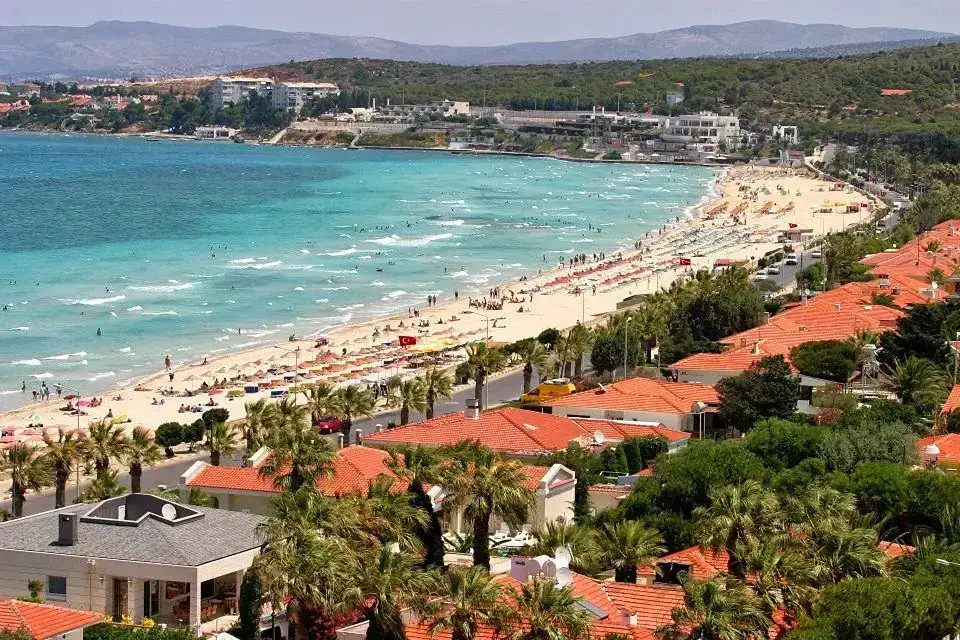
Cesme Guide
The Çeşme Hotels Region, one of the most popular holiday destinations in Turkey, is the address for a comfortable vacation with its nature, history, culture, sea, and hotels.
Located on the western side of İzmir in the Aegean Region, Çeşme is a peninsula and a prominent tourism center. It is situated at the westernmost point of Turkey, approximately 80 kilometers from İzmir city center, and is easily accessible.
Çeşme's history dates back to ancient times. The first ancient settlement of the Çeşme Peninsula, Ildırı (Erythrai), is one of the district’s intriguing historical treasures. Erythrai (Ildırı) was founded by the Cretans and was ruled by tyrants in the 7th century BC before falling under the rule of Lydia. It was later governed by the Persians for a while. The Temple of Athena and its theater in the city are also worth visiting. Çeşme came under Turkish rule in the late 11th century and became part of the Ottoman Empire in the 14th century. The Çeşme Castle, built during this period, has been preserved as an Ottoman artifact.
In ancient times, Çeşme was known as Cyssus and served as the port of Erythrai (Eritre), one of the 12 Ionian cities of Western Anatolia believed to have been established around 1000 BC. Therefore, Çeşme's history should be considered alongside that of Erythrai. Today, Erythrai, of great archaeological and touristic importance, was a significant economic power in the 7th and 8th centuries BC. During this period, the city engaged in trade with Eastern Mediterranean regions, especially Cyprus, and controlled the trade of slaves and wine with the island of Chios (Sakız).
Erythrai faced attacks by Lydia and later the Persians, suffering significant damage, but became a wealthy state again by the 14th century BC. In the 2nd century BC, the city became part of the Pergamon Kingdom and later the Roman Empire. During the Roman era, the Çeşme region was known as Cyssus. After the Roman Empire split, Erythrai fell under Byzantine control, gradually losing its significance. During a period when monotheistic beliefs opposed pagan practices, many ancient structures in the city were destroyed.
In the Middle Ages, Erythrai and the Çeşme region were under the Byzantine Empire until they fell to the Turks during the time of Çaka Bey in AD 1081. Çaka Bey, the father-in-law of I. Kılıçaslan, captured the Klozemene Peninsula during the Seljuk period. The city later fell under Ottoman rule by Yıldırım Beyazıt but was returned to the Aydınoğulları after the Battle of Ankara in 1402. In 1422, it was recaptured by the Ottomans. After World War I, Çeşme was occupied by the Greeks but was liberated from enemy occupation by the forces of Fahrettin Altay Pasha on September 16, 1922. The town, as its name suggests, is home to many historic fountains.
Çeşme is a charming holiday destination with its healing thermal waters, exceptionally high-quality sand, sun, and crystal-clear sea. Located 94 km west of İzmir, at the far end of the peninsula bearing its name, Çeşme was once called "small harbor" by sailors. Over time, the region became known as Çeşme due to its numerous fountains flowing with icy waters. The Erythrai Ancient City discovered in Çeşme's Ildırı village, along with the Ottoman-era castle, caravanserai, various fountains, and civil architectural examples in the historic city texture, are significant archaeological and historical landmarks.
Excavations on the acropolis hill in the city's center have uncovered figurines dedicated to the Temple of Athena Pallas. Among the discoveries, a statue of a woman from the Archaic period is displayed in the İzmir Archaeology Museum. Erythrai, known as Cyssus in antiquity, was a significant settlement with strong trade relations with Egypt, Cyprus, and Western countries due to its protective harbor.
After falling under the control of Lydia and the Persians, the region was ruled by the Romans and Byzantines. It later experienced periods under Seljuk, Ottoman, and Aydınoğulları rule.
Climate: The region experiences a Mediterranean climate, with hot summers and exposure to northern winds.
ÇEŞME - ALAÇATI - KARABURUN - ILICA
In recent years, Çeşme has become a rising star of tourism in the Aegean. The recently constructed highway has brought significant movement to the area, offering various opportunities on both sides of the peninsula. Alaçatı, once a small village, has transformed into an alternative destination with boutique hotels, restaurants, and unique accommodations. Ilıca, known for its warm sea and gardened houses, is situated to the left when entering Çeşme. Karaburun, located at the northernmost point of the peninsula, is a distant yet serene destination with natural beauty.
With almost 300 sunny and mild days a year, Çeşme has seen a growing tourism potential in recent years. Its sea, sun, beaches, nightlife, restaurants, historical and natural beauty make it a must-visit holiday spot.
Çeşme attracts not only local tourists but also many international visitors, and it offers diverse accommodation options. You should set aside at least a week to explore and enjoy all that Çeşme has to offer.
For accommodation suggestions, you can check our Cesme Hotels page.


